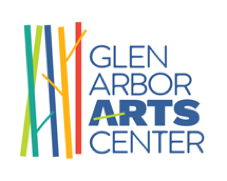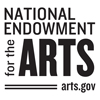
Creativity Q+A with L.C. Lim
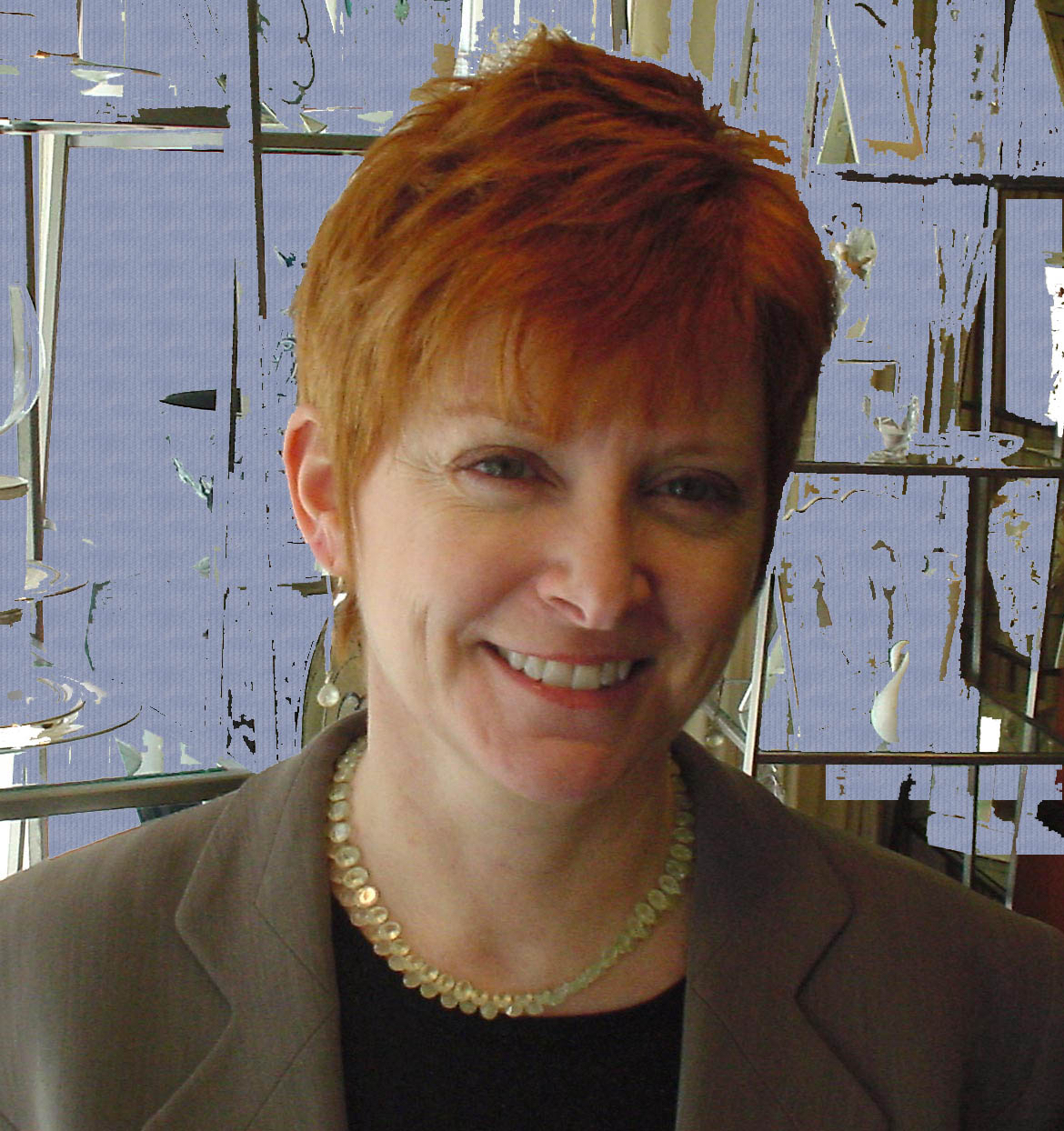
Frankfort artist L.C. Lim feels her way through her work. “Once I get a feeling from a place, then I’ll use whatever medium will make that feeling [visible],” she said. “That’s how I always go about it. I never think about the medium.” Instead, she think-feels the places that bring her joy: the view through her studio window; her muse, Northern Michigan. “The view outside my window is a view of Lake Michigan through trees. On the other side it’s a forest. In all four seasons, I look out, and I see different things, and I get different feelings…. [I]f something looks good out the window, that’s where my easel’s set up,” she said.
This interview was conducted in August 2024 by Sarah Bearup-Neal, GAAC Gallery Manager, and edited for clarity.
Pictured: L.C. Lim
Describe the medium in which you work.
I think about this question in terms of what I’m trying to do. I like to look at nature, and capture the feeling it creates in me. I spend a lot of time looking at things, and wait for something to talk to me — I try to get the feeling from the thing that’s talking to me. And then, it turns into my art. I’m all about feelings; not about painting a place. People think they can see a place in my work, which makes me very happy; but usually it’s not [the place they’re thinking of]. Usually they’re getting the feeling, and they’re feeling it.
Once I get a feeling from a place, then I’ll use whatever medium will make that feeling [visible]. That’s how I always go about it. I never think about the medium. I think about: Does this make me happy? Does this make me calm? Does this make me feel stoic or colorful? And then, I use my mediums. My mediums are a broad range of things that I’ve come to be expert in — not because I try to be; but because I use them to create my feelings.
What are those mediums?
Pastel, watercolor, printmaking, etching, acrylics, collage, pen and ink. There’s quite a few of them.
Did you receive any formal training in visual art?
I have a certificate from the Pennsylvania Academy of Fine Arts [PAFA, 2004]. It’s a four-year studio degree where, you’re literally in the studio from 8 in the morning until 5 at night. In the last two years you have weekly critiques from very accomplished artists/teachers.
How did your formal training affect your development as a creative practitioner?
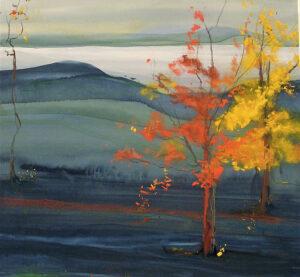
You learn composition, line, space, color, materials, all the fundamentals. And then, you find that you use them later when you least expect it. It was an intense four years. There was a lot of homework, so it really wasn’t 8 am – 5 pm. It was 8 am – 9 pm. There were a whole lot of talented young people, and I was catching up.
What had you been doing before that?
I went to engineering school at U of M [University of Michigan] and a few years later I went to business school there. 20 years later I was running a half-billion dollar division of Honeywell when I left the corporate world.
You went to the PAFA after you’d had an entire adult life.
Yes.
What prompted your departure from the corporate world?
I always wanted to be an artist. I went to [elementary and middle school] at Greenfield Village. I benefitted from all the arts and crafts of the Village. It was amazing. We were weaving, and making candles, and there was a lot of independent study. Class size was 12 people or less. Greenfield Village school closed when I was in high school so I started taking classes at Pewabic Pottery in Detroit.
I was able to leave the corporate world because I was financially secure and could do what I wanted to do. And, I was young enough. I had been accepted to PAFA before I left corporate America.
And then you went on to become an instructor at PAFA.
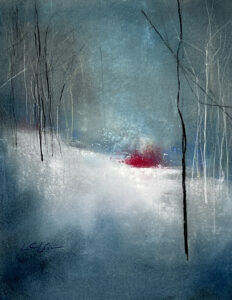
I teach at PAFA, at Woodmere Museum in Philadelphia, and at community art centers in Northern Michigan. As long as it doesn’t get to be full-time, I really love teaching, and I feel that it enhances my art. You can learn a lot from people of all different levels. My classes have an intellectual component to them. I try to take about 15 minutes and do — we’ll call it “art history” — a 15-minute vignette called “What Can You Learn From This Artist?” I feature lesser-known women artists who, actually, should be famous. A lot of them are now getting museum shows, and I can actually see the work I’ve been presenting for years in person.
Are you able to springboard from something you’ve highlighted in the vignette to something that’s taught in the classroom?
I teach two different courses, Realism to Abstraction and East meets West – How Western artists were influenced by the East. In Realism to Abstraction I look at how art is actually a continuum, and [the artwork] is likely somewhere on the continuum. So, for instance, when I talk about trying to get a feeling from a place, the viewer isn’t going to know what that place is; but you’re going to [experience] a feeling [from looking at it]. As [the artist] goes farther and farther toward abstraction, you get more and more feelings, and less of a “Oh, I just saw that out the window” response. So, what I do is feature various artists who are on the continuum that lets students think about their work in a different way.
Describe your studio/work space.
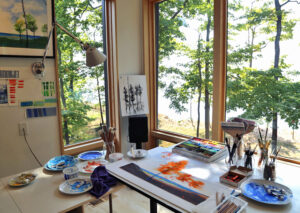
My [Frankfort, Michigan] studio is organized by stations. I have a place for etching, pastels, and painting/drawing. The view outside my window is a view of Lake Michigan through trees. On the other side it’s a forest. In all four seasons, I look out, and I see different things, and I get different feelings.
I have a workspace in [her home in] Pennsylvania, which is actually an extra bedroom. The house in Pennsylvania is an entire studio because if something looks good out the window, that’s where my easel’s set up. We back up to a nature preserve in Philly, and a creek runs through the backyard. It’s an ordinary house with extraordinary views.
How does living in Northern Michigan inform and influence your creative practice?
Northern Michigan is everything. Literally. It’s my muse. My spot [home] in Philly is very nice; but this is my muse. There are four seasons, and I’m here in four seasons. I like winter as much as I like summer. It’s calm. It has a different rhythm to it. Autumn is gorgeous and colorful. I frequently drive around, aimlessly, looking for “that spot.” You can find me pulled over on the side of the road. I’ve been coming up here, first with friends, for 40 years. Northern Michigan is completely the thing for me. And, my husband, he loves it.
What’s your favorite tool?
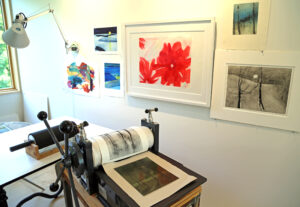
I would say it’s either my etching press, or my fingers. I like work you can touch.
Talk about your etching press.
It is a wonderful tool. It enables you to do etching, monotypes, and woodcuts. Hand printmaking is fun; but you can get more crisp lines and images with a press
Do you use a sketchbook? Work journal? What tool do you use to make notes and record thoughts about your work?
I almost always do a sketch, lots of sketches. And then I take photographs. I rely heavily on photographs — after the sketch.
What role does the photograph play in your process?
This could be old, academy training: You never paint from a photograph without having done a sketch. A photograph flattens everything out — no matter what you do; but a photograph can be very helpful when you are back in the studio to remember details if you are trying to create space, if you’re trying to create the tree, if you’re trying to create roundness.
When did you commit to working with serious intent?
The minute I left my corporate job.
What role does social media play in your practice?
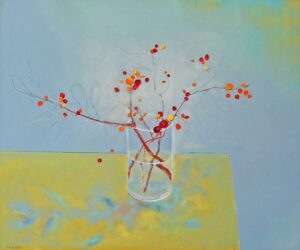
Actually, it plays almost none. Now, the internet: That’s different. The internet I use to research my classes, to research artists. I have a website. Once in a while I’ll post a class; but the places where I teach already do it. I would probably be better known if I used social media more but I’m just more focused on creating.
What do you believe is the visual artist’s role in the world?
I think the visual artist’s role is to be true to themselves, to put out whatever their creative intent is — meaning if it’s political, or, in my case, creating feelings and beauty — and let the recipient take what they want from it. I really appreciate people who are making a political statement [through their creative work]; but that’s not me. I think part of the artist’s role is to be who they are. It’s unbelievably important. It’s really good for people who think they’re not creative, even though they probably are, to be able to interact with people they perceive as creative. I think that’s really good for the whole world.
I often think of people who do creative work as translators of the world. You’re translating how you feel as you’re responding to a certain thing. All the arts give us powerful tools for talking about the world.
I agree. Maybe somebody looks at my landscapes, and thinks, Wow. Maybe I shouldn’t cut down all those trees. I’ve had people say to me, I’ve never seen snow that looks so good.
Did you know anyone, when you were growing up, who had a serious creative practice?
No. I would say it was Greenfield Village. It was unbelievable. To this day I think of how lucky I was to be amongst creative, super intelligent, left-brain/right-brain people. I felt like I was in a candy store. You were given a lot of different avenues to learn. And we went to museums; we went to the Detroit Institute of Art. I learned to play the piano. There was also math and science instruction.
Who has had the greatest and most lasting influence on your work and practice?
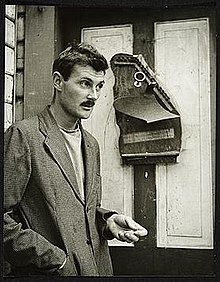
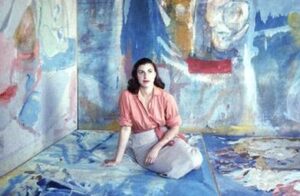
I have favorite artists— Morris Graves, Helen Frankenthaler. And then, I have a teacher at PAFA who became a mentor; her name is Elizabeth Osborne. She had the most direct impact. She’s amazing. She doesn’t tell you how to do something. I have a couple of friends from art school who are good peer critique-ers. We have an informal, what-do-you-think-about-this group with honest feedback. And, I still take classes, Zoom classes. It’s good for continuous, adult learning.
Let’s go back to Elizabeth Osborne. How did she impact you?
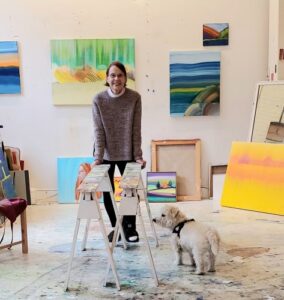
She doesn’t tell you how to do something; she gives you ideas. A lot of the instructors at the Academy, they’re going to tell you how to draw, what palette you should have. She’ll look at what you’ve done and say, Have you ever thought about working in a square? It’s an interesting shape. Her approach is that of a mentor rather than an instructor. And she’s an amazing colorist. She would always come to my shows. She’d look around, pick something out, and say, That’s so interesting. It got you thinking: That’s interesting? You’re doing the work. She’s just pointing it out. That’s what I hope to do with my students. I try not to tell them how to do it. I try to get them to think: What do they think? Liz was the first, female teacher at the Academy.
What is the role of exhibiting in your practice?
I have a regular solo show in Philadelphia at F.A.N. Gallery and have exhibited in Michigan extensively. The owner at F.A.N. actually cares about artists. [Exhibiting] gives you a deadline. People have been collecting my work for many years, and it makes me ask, Is this [new work] worthy of being one of those pieces in the show? Unfortunately, it’s a tough time for artists. Galleries are going out of business. Exhibitions are important; but I think people can get overly focused on exhibiting. I can make art that sells; but it doesn’t mean it’s good. And, it doesn’t make me happy when I get up in the morning thinking, Oh, I have to make this. I have the luxury of making what I want. Once you get in with a gallery, they know their market and want the same type of art. Maybe you’ve moved on; but they want the same thing. Showing in a gallery can be very positive, and there can be some negatives with it. I try to explain that to my students. You want to be true to yourself. If you want to try something new, try it.
Does having an exhibition on the books help you to structure your time? Or, how you think about what you want to make?
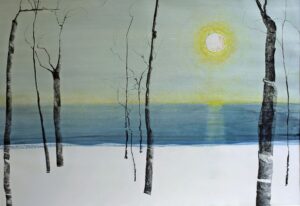
I get up every morning and go into my studio. I don’t need much motivation. It is fun to see what people react to your work. I’ve created these feelings and once the work is out there, it’s out of your hands. My favorite thing to do at an opening is to hear what people say. You have to be prepared. It might not be what you feel; but it’s really interesting to hear what people think. I like that about exhibitions.
When you have an opportunity to hear what people are saying, how does that get synthesized into your practice?
It doesn’t. I try to let it be separate. I try to just be me.
How do you feed/fuel your creativity?
I wander around a lot. Drive around. Now I can look out the window a lot. I bird watch and play the piano. The other thing I do is buy a lot of art books. I used to think it was funny when I’d see the PAFA students in the library — they weren’t reading the art books; they were looking at the pictures. At the time, I didn’t understand it but that’s what I do now. I read about the artist so I can talk about them in my classes; but I’m looking at the pictures. I go to museums shows.
What’s going through your mind when you’re looking at the pictures?
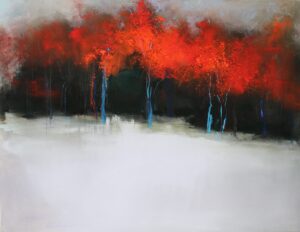
Sometimes you get ideas for color. Sometimes you get ideas for composition. Sometimes you just think you like it, or you don’t like it, and you think why?
What drives your impulse to make?
I’ve always had it. I don’t know. It’s almost like what else would you do? I was making Christmas cards when I was seven, and sending them to people. My mother has saved a lot of this stuff, and I asked her, Really? I was doing that? And she said, Yeah. You’ve been like this forever.
Read more about L.C. Lim here.
Sarah Bearup-Neal develops and curates Glen Arbor Arts Center exhibitions. She maintains a studio practice focused on fiber and collage.
